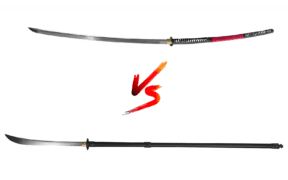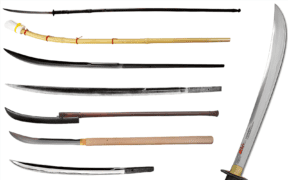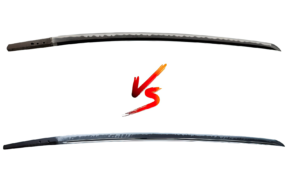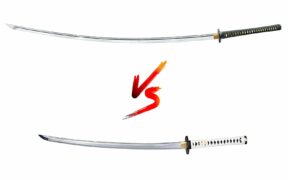Naginata Weight and Sizes – How Big Can It Get?
NO AI USED This Article has been written and edited by our team with no help of the AI
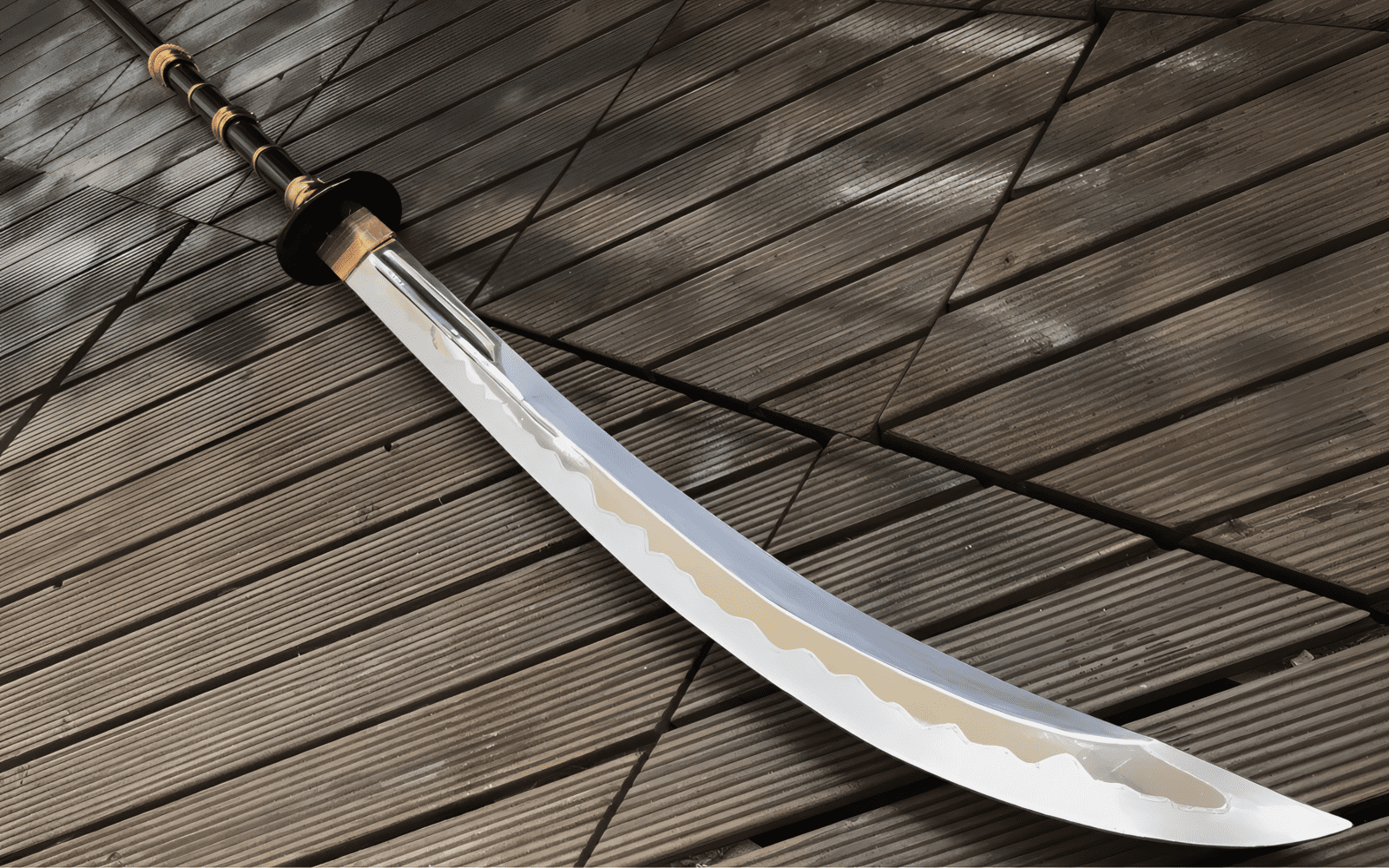
Among samurai, the naginata was the second most popular weapon after the katana. In fact, it was a popular weapon even before the samurai’s dominance in Japan because it could be used for cutting and thrusting attacks against foot soldiers and mounted opponents.
It is still used today in modern arts such as naginatajutsu.
In this article, we take a look at the naginata’s defining characteristics and how it differs from other Japanese weapons. We begin with the weapon’s components, before moving on to consider its sizing and fittings.
General Characteristics of the Naginata

The naginata is a two-handed weapon. It has a long shaft like a polearm and a blade like a sword. At the base of the wooden shaft is a pommel, at the centre are rings to reinforce the structure, and at the top is a handguard with collars to provide protection.
“The combination of the characters for ‘long’ and ‘sword’ sometimes means not a long-bladed sword, but a weapon on a long shaft such as a naginata”, says Stephen Turnbull, a historian who specializes in samurai history, about the use of ‘longsword’ to describe the naginata in historical Japanese texts.
Attached to the polearm is a curved, full-tang blade made of high carbon steel with a single cutting edge and a pointed tip that can be used for thrusting. The edge is hardened using traditional Japanese methods, producing a hamon (temper line) that makes the edge tougher.
While the size of the naginata can vary, the most common length is around 59 to 98 inches (1.5 to 2.5 meters), with a weight of around 2.2 to 7.7 lbs (1 to 3.5 kg).
Size Variation
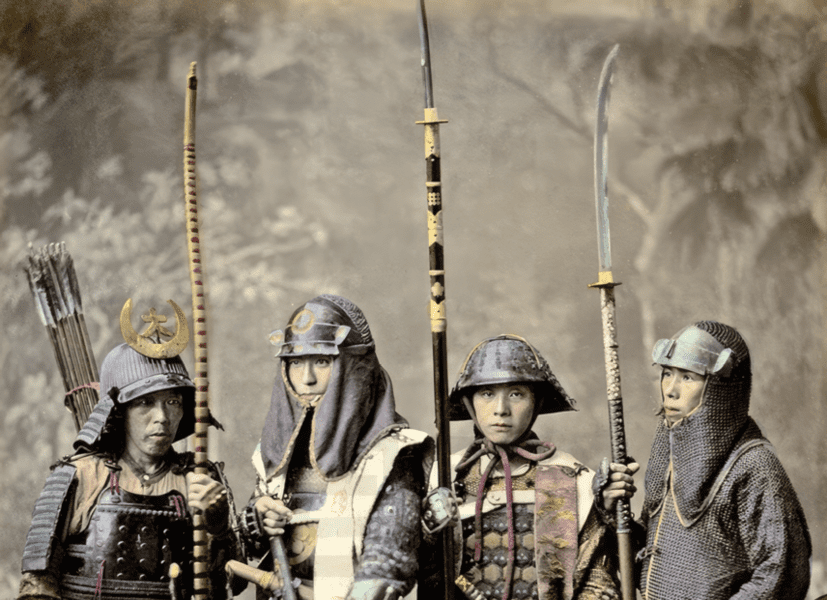
As a polearm weapon, the naginata was useful in a variety of combat situations and to soldiers on foot and horseback alike. It was unique in that it could be used as either a sword or a polearm.
Longer naginata provided a sizeable reach advantage, while shorter versions offered maneuverability.
1. O-Naginata
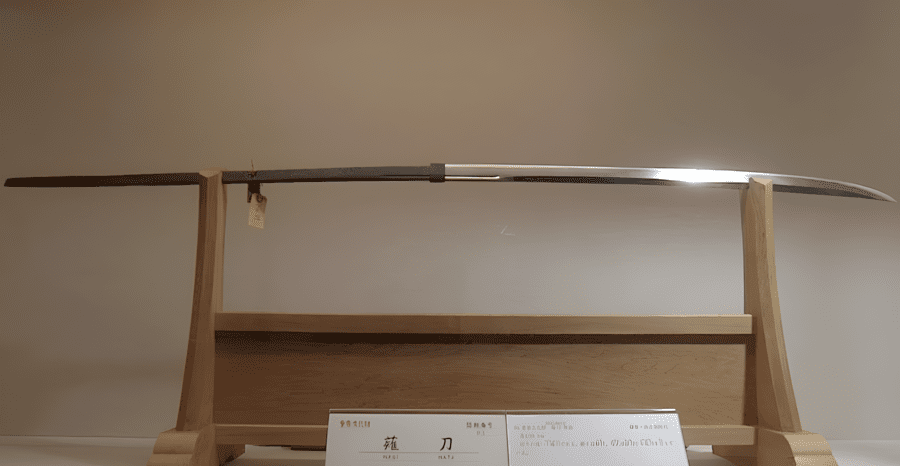
With a shaft that could reach up to 6.5 feet (2 meters) and a large blade to match, the O-naginata is the largest type of naginata (the prefix “o” means “large” in Japanese).
These weapons were useful in combat due to their reach advantage and were used both on foot and on horseback for powerful slashing attacks. They were very popular during the Nanbokucho period (1337-1392 CE) but fell from fashion during the Muromachi era (1392-1573 CE).
2. Ko-Naginata
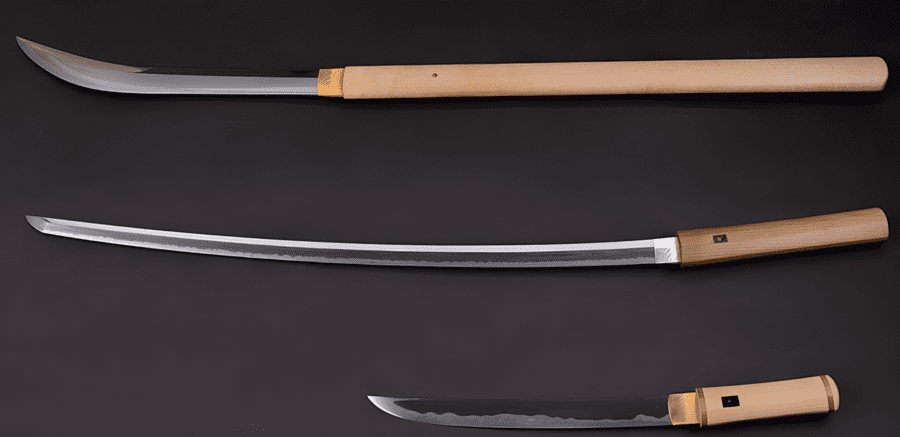
While the O-naginata is larger than the average naginata, the Ko-naginata is shorter and smaller (the “ko” prefix means “smaller”). Ko-naginata is typically just a little shorter than the average height of a feudal Japanese soldier.
Although both weapons were in use around the same period, the Ko-naginata outlived the O-naginata because of its versatility. Its size meant that it was ideal for both small skirmishes and large battles.
3. Naginata Naoshi
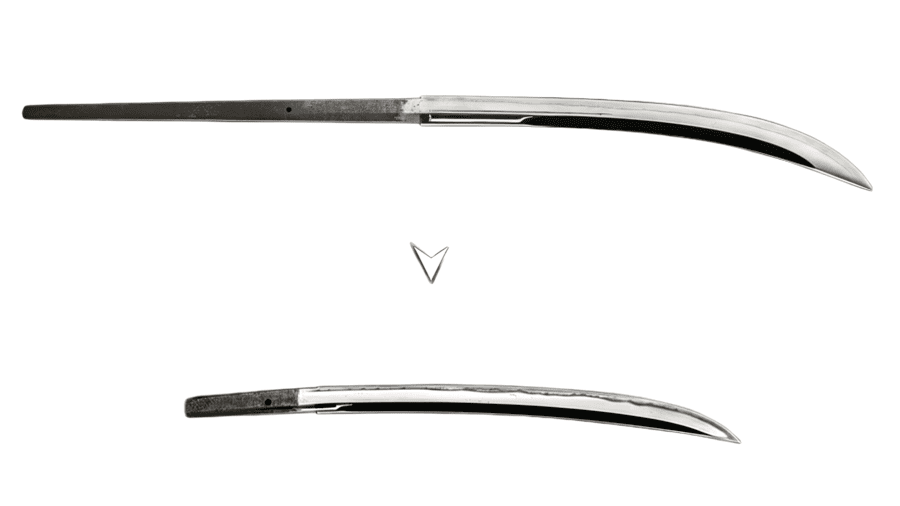
The naginata naoshi is a shortened version of the regular naginata, which is created by cutting down the tang or blade and reshaping it into a sword. Repurposing the traditional naginata in this way was common during times of peace, such as the Edo Period (1603-1868 CE).
Naginata Fittings: Guards and Pommels
Naginata differ in terms of their fittings, particularly their pommels and guards.
Pommels
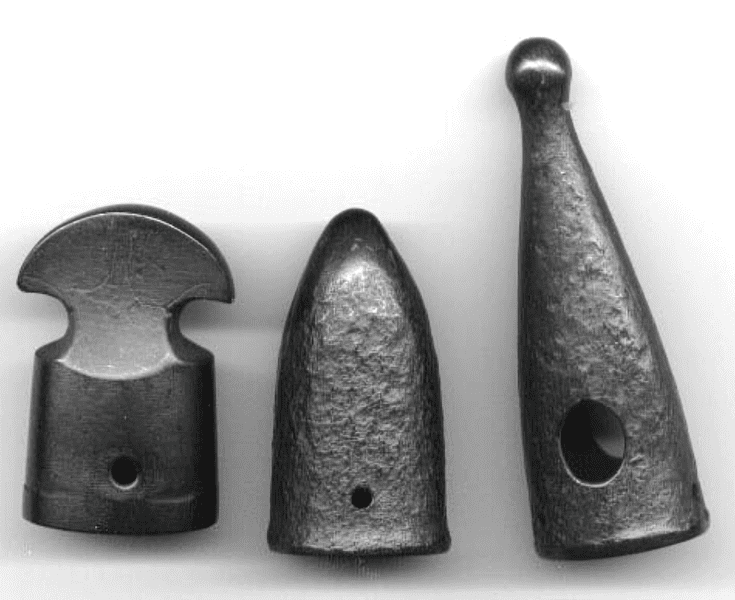
The pommel (or ishizuki) of the naginata served to counterbalance the weapon’s tip-heavy blade and came in three main types:
- Halfmoon
- Flat or shallow surface
- Pointy tip
Each of these types served their own purpose. For example, the point tip design was ideal against heavy armor as it allowed for stronger thrusts. The half-moon design, meanwhile, was better for smashing attacks.
Guards
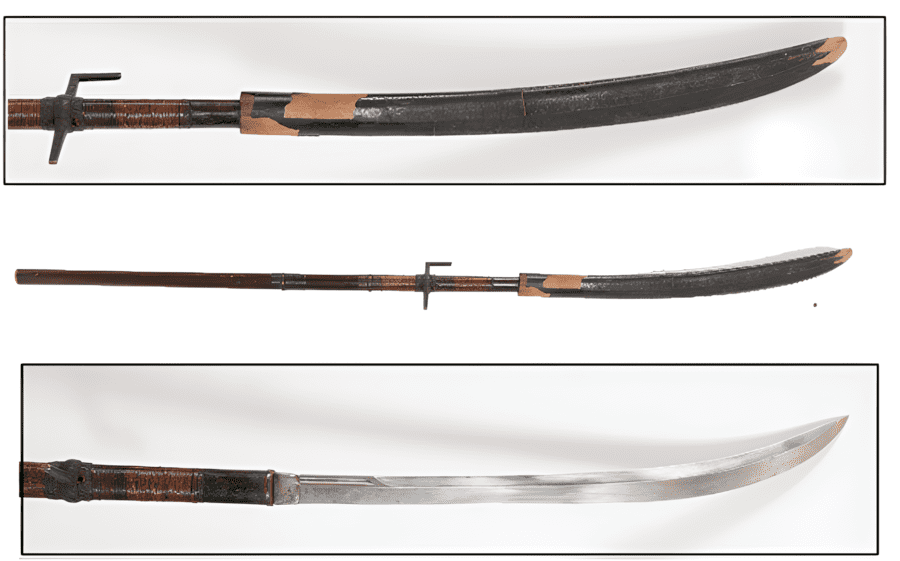
Most naginata have handguards, although in some cases these guards are so small that the weapon may appear guardless.
The types of guards include:
- Tsuba
- Hook
The tsuba is typically rounded, although there are square-shaped and four-lobed examples. Some naginata tsuba are very large and were known as tsubatsuki.
In some very rare cases, naginata guards have hooks pointing upwards towards the blade.
